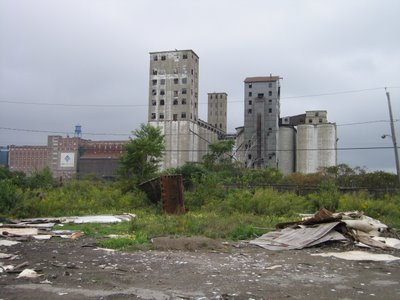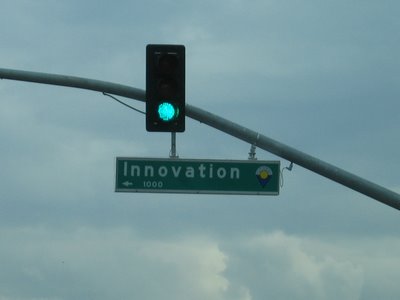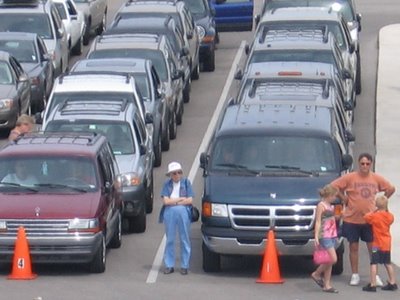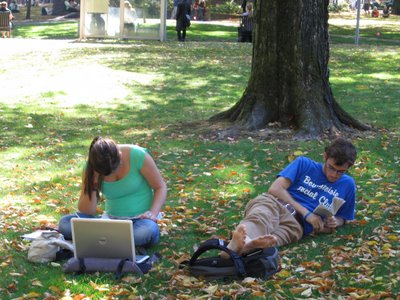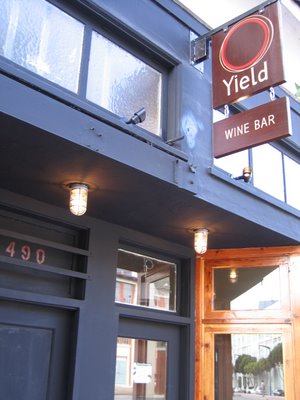
I asked Brian Klecan, an investement analyst with Charles Schwab and the incoming president of Cleveland's Twenty-Thirty Club, a nonprofit group dedicated to retaining young talented workers in the Greater Cleveland area, the obvious question: does it make sense to maintain a small two-runway airport on the shores of Lake Erie in downtown Cleveland?
"No," Klecan said. "That property is much too valuable."
Across the railroad tracks, over the I-90 expressway, and around Browns Stadium there's a waterfront with a ton of latent public value in Cleveland. The challenge is to dress it up with vibrant public places, integrate it into the city, and provide people convenient access to it. But right now the 20th century uses of lakefront property - landing single engine prop planes for a $5 fee, for instance - are major barriers to the city's revitalization.
Civic leaders recognize that. In December 2004, planning commisioners unanimously adopted the Waterfront District Plan to expand parks and open space; resurrect dilapidated neighborhoods; encourage water-borne recreation; and reconnect the city and its people with a globally unique lakefront.
The plan lays out some truly big ideas. Among other things, it calls for redesigning the expressway into a new, pedestrian-scaled boulevard with trees and slower-moving traffic; constructing a 9-mile continuous lakefront bike path; establishing five new beaches; developing more than 7,000 new housing units and some four million square feet of new commercial space; and transforming approximately 200 acres of the Burke Lakefront Airport into welcoming public space.
"This plan creates an overall vision to shape the lakefront as the most vital element in the transformation of Cleveland as a place to live, work, and play," the plan states, "and aims at enhancing Northeast Ohio's overall competitiveness in the 21st century."
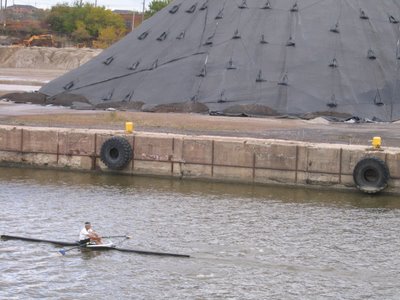
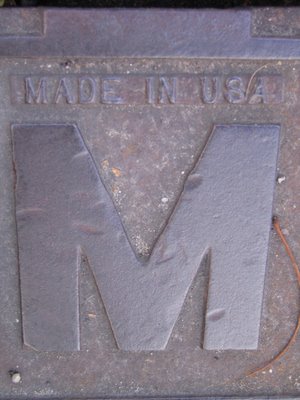

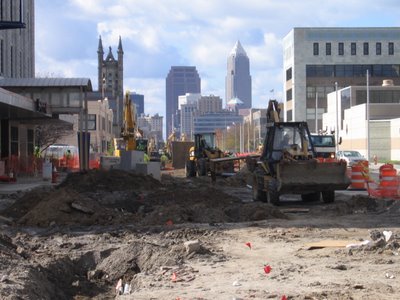
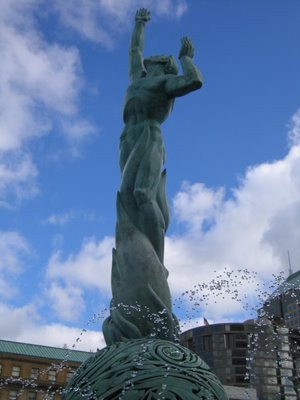 Patriotism. Progress. Culture.
Patriotism. Progress. Culture. 